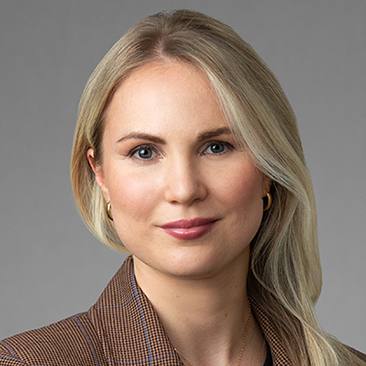Draft legislation has been included in the draft Finance Bill 2022-23 introducing a multinational top-up tax (the Top-Up Tax) in the United Kingdom (UK) with effect for accounting periods beginning on or after 31 December 2023. Running at 116 pages, the draft legislation comprises considerable detail. The new rules will likely pose administrative and compliance challenges for business with limited lead in time to get fully up to speed with the detailed requirements and technical complexity.
Background
As part of its so-called Pillar 2 workstream, on 20 December 2021 the Organisation for Economic Development and Co-Operation (OECD) published its detailed conceptual framework for the introduction of a global “Income Inclusion Rule” (IIR), a rule designed to ensure that large multinational enterprises pay a minimum level of tax (15%) in each jurisdiction in which they operate. It was thought that by developing such a framework at an international level this should facilitate coordination between different jurisdictions in implementing the IIR consistently and comprehensively.
Quick off the mark, on 11 January 2022 HM Treasury and HM Revenue and Customs (HMRC) launched a consultation on the proposed methods of implementing the IIR into UK domestic legislation; that consultation closed on 4 April 2022. With draft legislation published on 20 July 2022, the UK certainly seems to be moving swiftly and keen to ensure the internationally agreed timetable for implementation of the IIR is met by the UK at least.
In short, the Top-Up Tax is the UK’s adoption of the IIR into domestic legislation and will impose a tax on UK parents of multinational groups when subsidiaries located outside of the UK are paying tax at a rate lower than 15% on profits arising in that jurisdiction.
Detail
As mentioned the draft legislation runs to some 116 pages and is both technical and complex. The key principles can be summarised as follows:
- Scope. The Top-Up Tax will apply to UK headquartered multinational groups with consolidated global annual revenues exceeding EUR750m as well as certain UK intermediate parent entities of such groups. The draft legislation does not reduce the revenue threshold below EUR750m as permissible under the internationally agreed framework.
- Exclusions. Certain entities that are typically exempt from UK corporation tax (such as pension funds and governmental entities) will be excluded from the Top-Up Tax. Equally, certain investment funds and real estate investment vehicles will also be excluded.
- Calculation. In theory calculating the effective tax rate is simple: divide the group’s aggregate tax liability in a jurisdiction by its aggregate profit; is the output of that equation greater or lesser than 15%? Easy right? The reality is far different. The rules are highly complex and detailed and will necessitate affected businesses having to run a number of calculations and computations. Because of the number of adjustments and exclusions required under the rules it will not be as simple as just taking numbers from accounts (albeit, of course, that will be the starting point).
- Allocation. Members of multinational groups will only be chargeable to the Top-Up Tax if they are “responsible members”. Various conditions determine whether a member is responsible depending on its position within the group structure. The amount of the Top-Up Tax allocated to a “responsible member” will be determined based on the proportion of the profits which would be allocated to the responsible member if it prepared consolidated financial statements itself.
- Administration. By default, the ultimate UK parent of a group will be responsible for making the necessary filings and reports to HMRC, although groups are able to nominate an alternative member to fulfil these responsibilities. The Top-Up Tax needs to be paid by the end of the period of 15 months beginning with the day after the end of the relevant accounting period (increased to 18 months for the first accounting period in which a group constitutes a multinational group under these rules) being six months longer than the payment deadline for settling UK corporation tax liabilities.
- Effective Date. As proposed the Top-Up Tax will apply for accounting periods beginning on or after 31 December 2023. Although that is a short lead in time, to note that this is a later effective date than 1 April 2023 proposed as part of the consultation.
- “Undertaxed profits rule”. The legislation does not cover the “undertaxed profits rule” (UTPR), which also formed part of the Pillar 2 framework; there will be a later update on this to take account of wider international developments.
Final remarks
The draft legislation is complex. There is a period for “technical consultation” (until 14 September 2022) to inform the final drafting of the legislation, so it is likely that we will see some changes (assuming that it is implemented). Regardless, it is clear that the new regime will pose administrative and compliance challenges for business. In this regard, it is helpful that the effective date for the introduction of the Top-Up Tax has been pushed from April 2023 to 31 December 2023 although it is unclear, at this stage, whether other jurisdictions will have introduced their own domestic legislation by this date. If the UK becomes an early adopter of the IIR that could exacerbate the complexity for business and may result in the UK regime requiring amendment (to ensure international alignment) later down the line. We will continue to monitor developments with respect to the Top-Up Tax as well as any further developments coming out of the OECD’s ongoing work in this area.


















